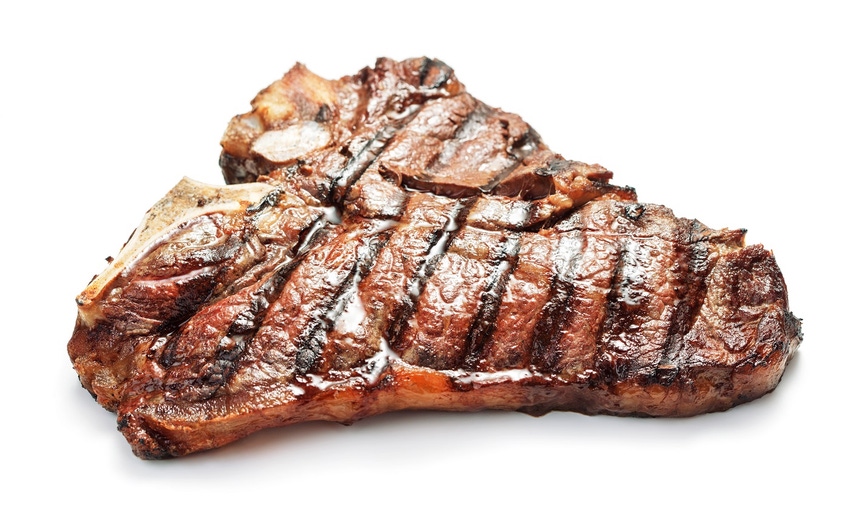
Last week I read a very interesting article in Texas Monthly's online publication about feedlotting, marketing and eating old cows.
I recommend it for your reading pleasure.
The short summary is that HeartBrand, headquartered in Harwood, Texas, has just begun marketing its cull cows as fed beef. It is said to be tender, juicy and more flavorful than typically young feedlot beef.
It stirred up a lot of thoughts I carry around in my head. Perhaps the biggest issue it brought to my mind is that the American palate is confused and actually avoids variety and intensity. Truthfully, grain-finished beef, despite all its qualities, fits into these disappointing and bland American taste preferences.
Fred Provenza recently argued in his new book Nourishment: What Animals Can Teach Us About Rediscovering Our Nutritional Wisdom that humans still possess nutritional wisdom, but that it has been hijacked by processed foods and the bland flavors of fruits, vegetables and meats.
"As the flavor of plants and animals has gotten blander, we’ve added synthetic flavors to improve their flavor. We’ve dis-incentivized ‘real’ foods, because they don't taste good, and we’ve made junk food all the more desirable," Provenza says.
This is also reminiscent of Mark Schatzker's meat and taste descriptions in his book, Steak. If you've never read this book, you're really missing out. Schatzker interviewed beef chefs all over the world and tasted their steaks, including meat from most imaginable type of beef animals. As I recall, one of his top two steak experiences in the world was grain-finished and one was forage-finished.
I would claim a similar experience. I have eaten a lot of good pieces of beef in my life. Among my favorites were young, old-line Hereford cows of 3 to 4 years of age that came up with open but were grass fat. One of the two best steaks I've eaten was a long-aged Prime rib steak at the Bull & Bear in New York City. The other was a forage-finished Prime (not graded, however) ribeye steak at my cousin's house. There have been many other great steaks in my past, and I'm always amazed at the variety of qualities, including tenderness, of roasts from store-bought and farm-raised beef.
We remain a highly diverse industry, with a highly diverse product.
I'm quite certain there is another negative side to our faulty idea that only feedlot beef from young animals is fit to eat. Provenza also said recently that our bland tastes can almost certainly be blamed for leading us toward a less-healthy diet.
In a paper he co-authored with several others, Provenza said this: "Phytochemical richness of herbivore diets increases markedly from livestock fed cereal grains in feedlots to grain-pasture mixtures to botanically diverse pastures. We found much circumstantial evidence to support the hypothesis that phytochemical richness of herbivore diets influences biochemical richness of meat and dairy and human and environmental health."
Personally, I would love to see Heartbrand and other companies success at marketing beef with different flavor profiles. Change happens on the perimeters of existing marketing systems in all industries. It's about time for more marketing models to emerge and to succeed.
About the Author(s)
You May Also Like




